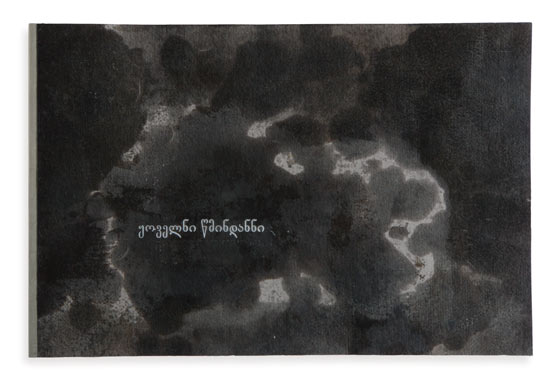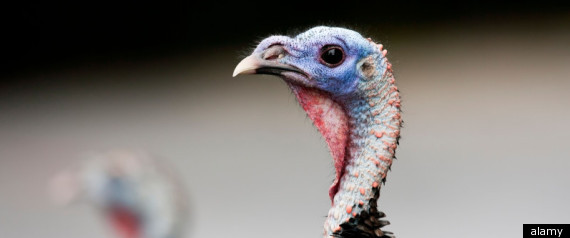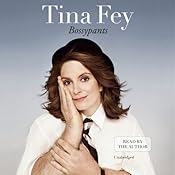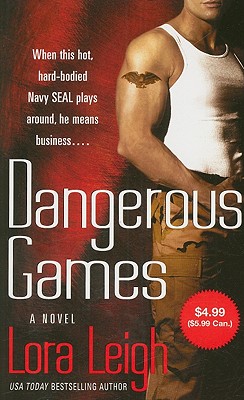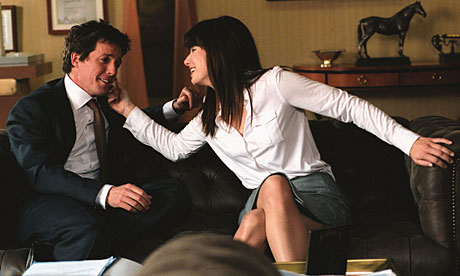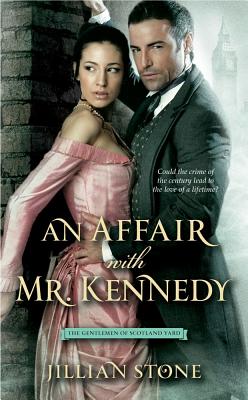 Today is a very special day. One of my favorite acquisitions from when I was working back in editorial, an awesome Victorian historical romance called An Affair with Mr. Kennedy, is hitting the shelves!
Today is a very special day. One of my favorite acquisitions from when I was working back in editorial, an awesome Victorian historical romance called An Affair with Mr. Kennedy, is hitting the shelves!Not only is this great series--The Gentlemen of Scotland Yard--finally going to be shared with the world but it marks the author, Jillian Stone's debut into the literary world! Whee!!
Congrats, Jill!!
In honor of this wonderful occasion, Jill and I chatted a bit about the book, her writing, and what's next for the Yard Men:
DP: Thanks for being with us today, Jill! Tell me, what was the inspiration behind An Affair with Mr. Kennedy? How did the idea for the novel come to you? Did you write it with publication in mind?
JS: I knew I wanted to write a historical romantic suspense series and got to thinking about Scotland Yard detectives. It seemed to me that Yard men were always portrayed as bumbling inspectors, five moves behind Sherlock Holmes. So I thought, what if there was an elite group of detectives? So I began to do some research and found out that there was a division of Scotland Yard created in 1882 called Special Branch. I added a dash (as in dashing) of James Bond Steampunk and that was the start of The Gentlemen of Scotland Yard.
DP: As a debut author (with two multi-book deals with two publishing houses!), you were thrown into the industry with a vengeance. What surprised you most about the book business? What was the hardest thing to adjust to? What was your reaction to the often-shocking (and grueling) editorial process?
JS: Shocking and grueling, I think you summed it up well, Danielle! No writer’s workshop can prepare you for your first set of notes/edits. Once I picked myself up off the floor, and got a grip, I started evaluating what my editor wanted to see and what I knew was right for the story. Actually, I’m not sure how I got through it. But I survived and my favorite part of learning the editing process was when I realized OMG, the book is getting even better!
DP: Tell us a little about your writing process. Do you have a designated space to write? Rituals? Etc.?
JS: My process is I’m always writing because I’m not a fast writer. Plus, I enjoy small character details and world building, and that tends to take a lot of finessing. So I’m constantly at my computer when I’m in the middle of a book.
DP: Your hero and heroine--Zeno and Cassie--are such vibrant, fun (and sexy!) characters. If you were to cast them for a film version of the story, what actor/actress would you pick?
JS: Probably Clive Owen and Scarlet Johansson.
DP: When writing a novel, almost every author has to kill some of his/her darlings, as they say. Is there a scene, character, or plot (or something else!) that was particularly difficult for you to change or cut?
JS: I was asked to cut some love scenes to keep the suspense plot moving, which I did. The opening scene between Cassie and her mother almost bit the edit dust, but I held onto it by adding more heroine GMC. And it stayed in.
DP: You paint such a detailed and visceral picture of late-Victorian life in your book. How much research do you do? What are your favorite research tricks/go-to resources? Do you research as you go or study up before you begin?
JS: I do tons of research. I have a whole library of Victorian Age reference books. My favorite go-to trick is my subscription to OED online’s historical thesaurus. Invaluable. I research up front and also do a significant amount along the way. I never foresee everything I need, so I am often surfing the internet for some weird, esoteric bit of information late at night––and always on deadline.
DP: Who are some of your favorite authors? Books? Is there a book out there that you wish you had written? (Come on, all us writers have at least one. ;) For me, it’s Speak by Laurie Halse Anderson.)
JS: If you’re talking about women’s fiction or romance, I would have to go with Outlander by Diana Gabaldon. I have a whole range of favorite authors from Lewis Carroll to Gabriel Garcia Marquez to Frank Herbert and Phillip K. Dick.
DP: What’s up next for you and the Yard Men?
JS: A Dangerous Liaison with Detective Lewis. The second book in the Gentlemen of Scotland Yard series is a super fast-paced road story.
Here’s a little taste:
Five years ago, pure as an angel, hot as the devil, Raphael Lewis, did something unforgivable to Fanny Greyville-Nugent. Now, the handsome Scotland Yard agent is assigned to protect the wealthy industrialist heiress. Her life is in danger from the anti-progressive Utopian Society and its leader, Bellecote Mallory, who has tumbled into madness and gone underground. One by one, the diabolical Mallory is executing prominent members of the industrialized world––by their own machines––and Fanny is next in line. Pursued by Mallory’s henchmen, Rafe and Fanny are on the run from Edinburgh to London by train, landship and submersible! Racing against the clock, they are carried away by their passions, but can Rafe ultimately redeem himself?
To further celebrate the release of An Affair with Mr. Kennedy, I just so happen to have an extra copy of the new book to send along to a random reader....
So, leave a comment by 5pm EST on Friday, Feb. 3 about the book , for Jill, or with your own casting choices for Zeno and Cassie, and you just may be that reader!





